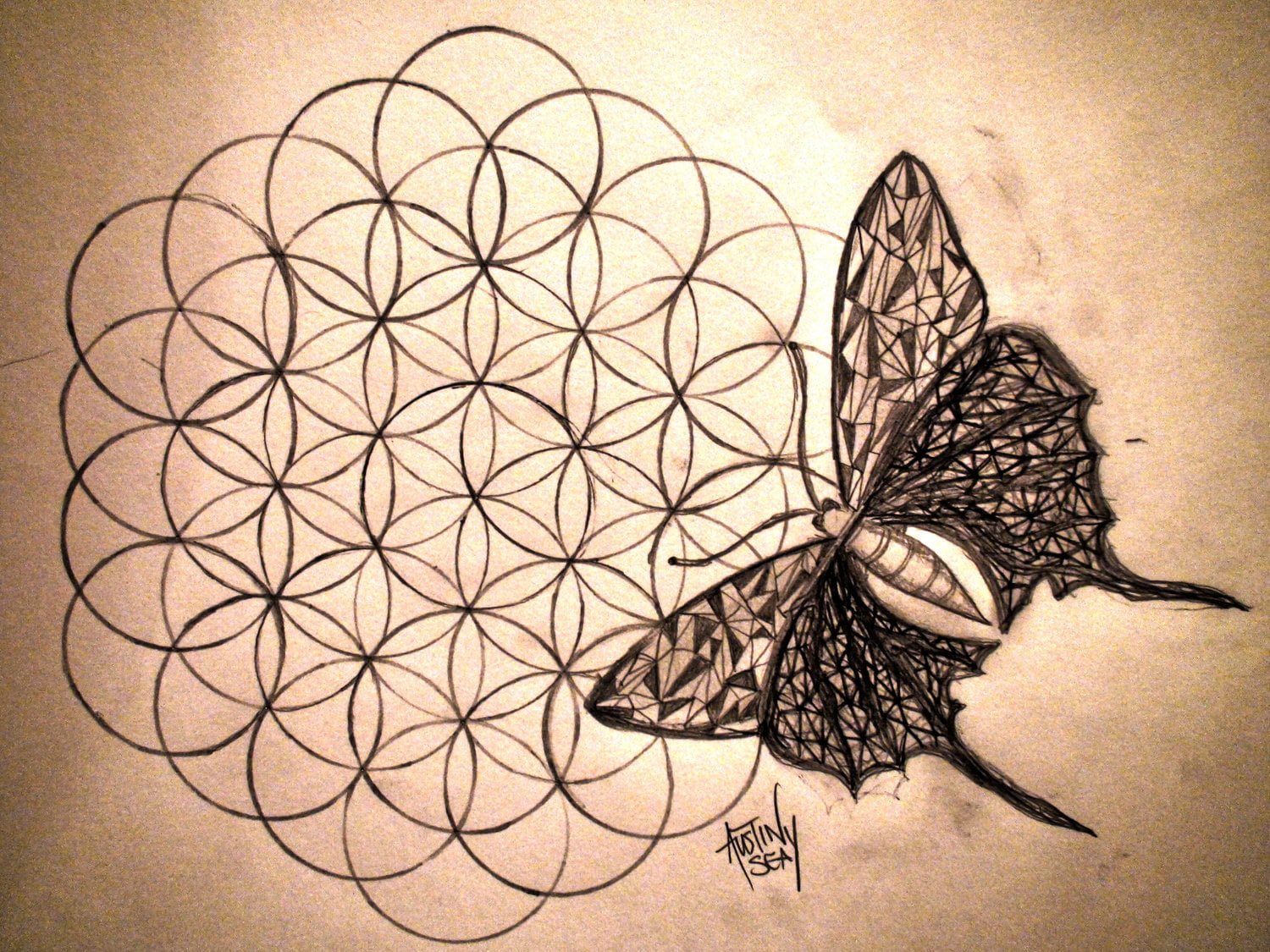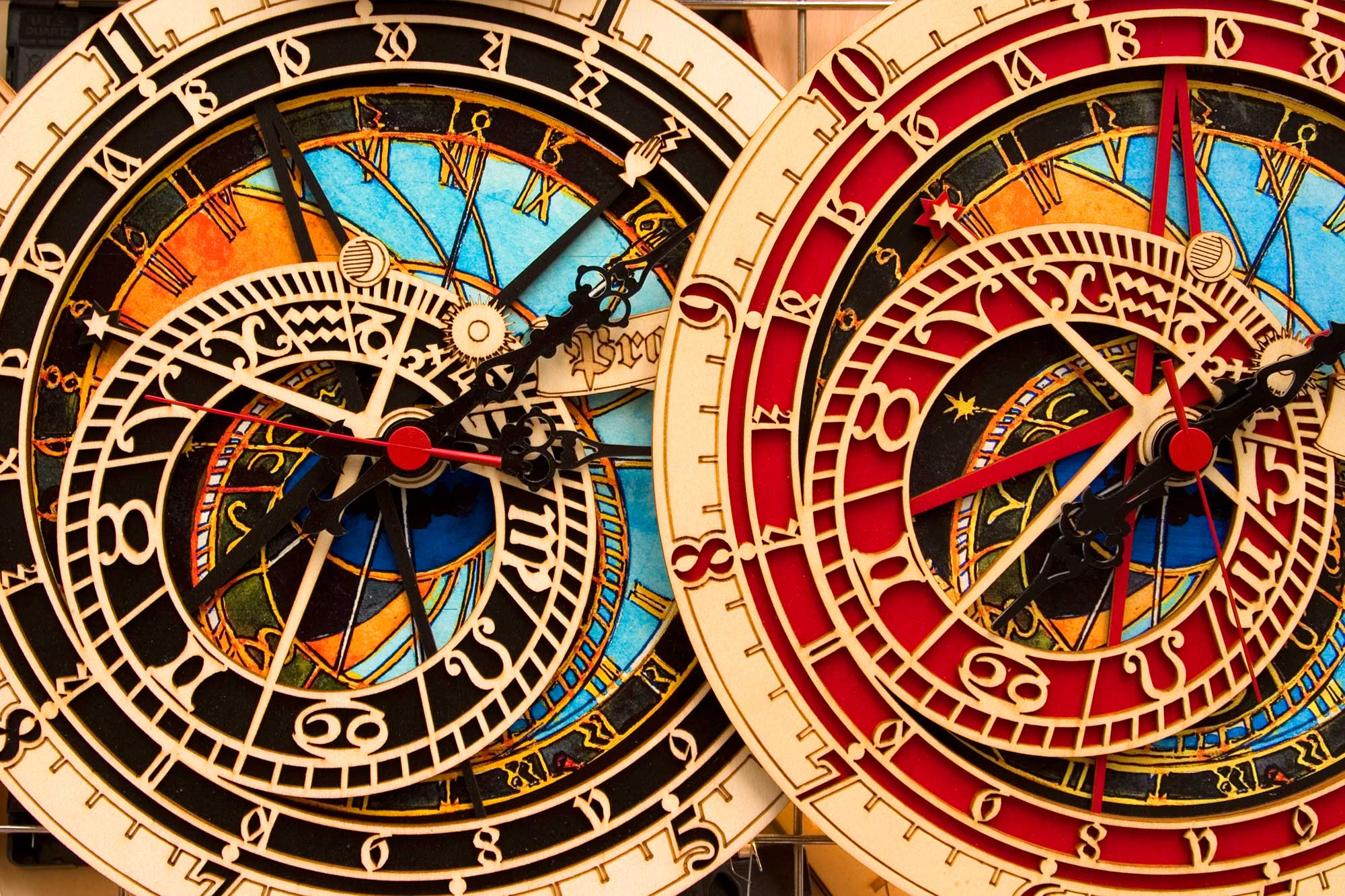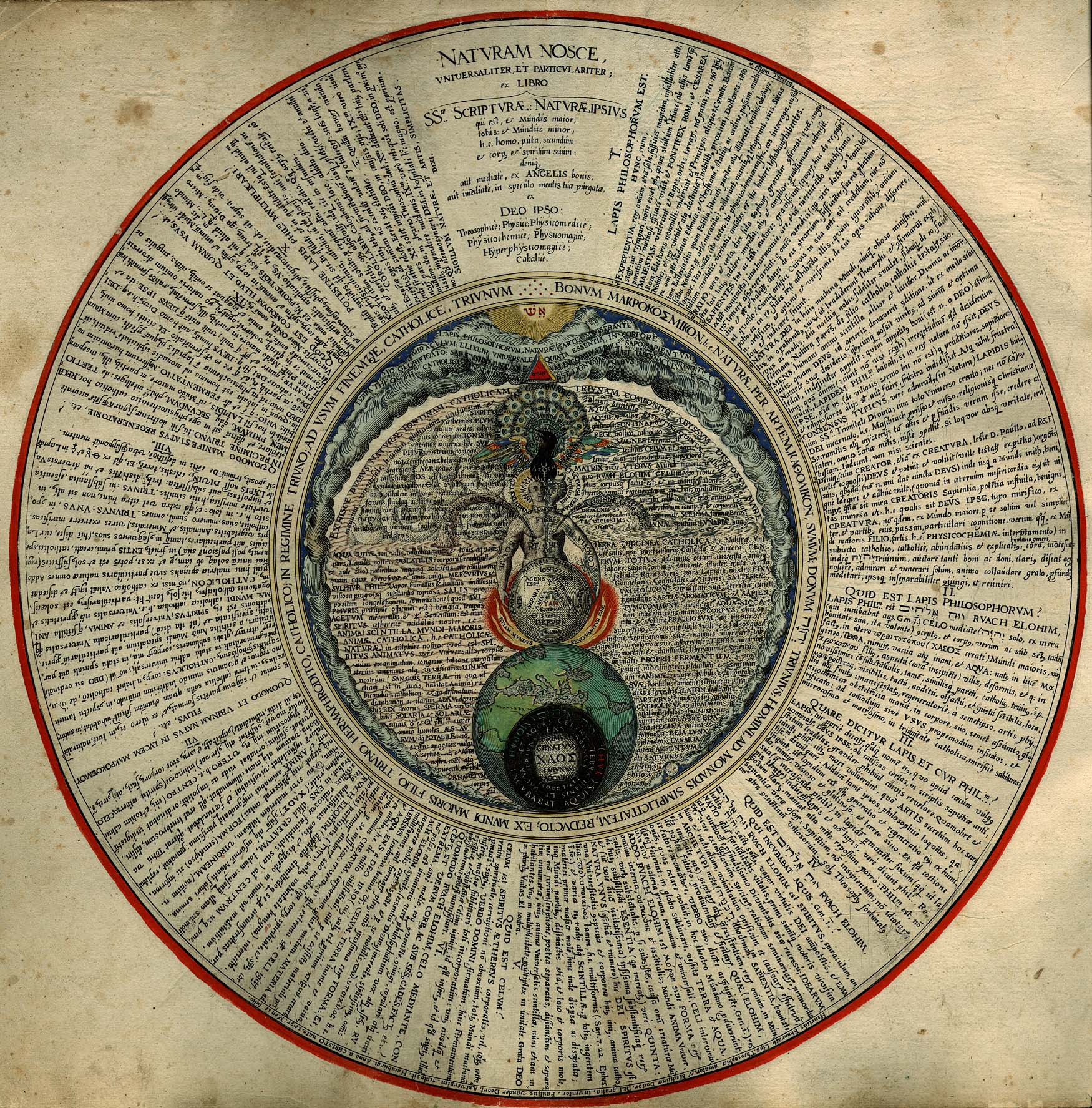Nine Working Tools
Each of the nine tools has a moral significance: the Twenty-four Inch Gauge, the Common Gavel and the Chisel of the First Degree are the tools of preparation; the Square, Level and Plumb Rule of the Second Degree are the tools of proof; the Skirret, Pencil and Compasses of the Third Degree are the tools of plan.




